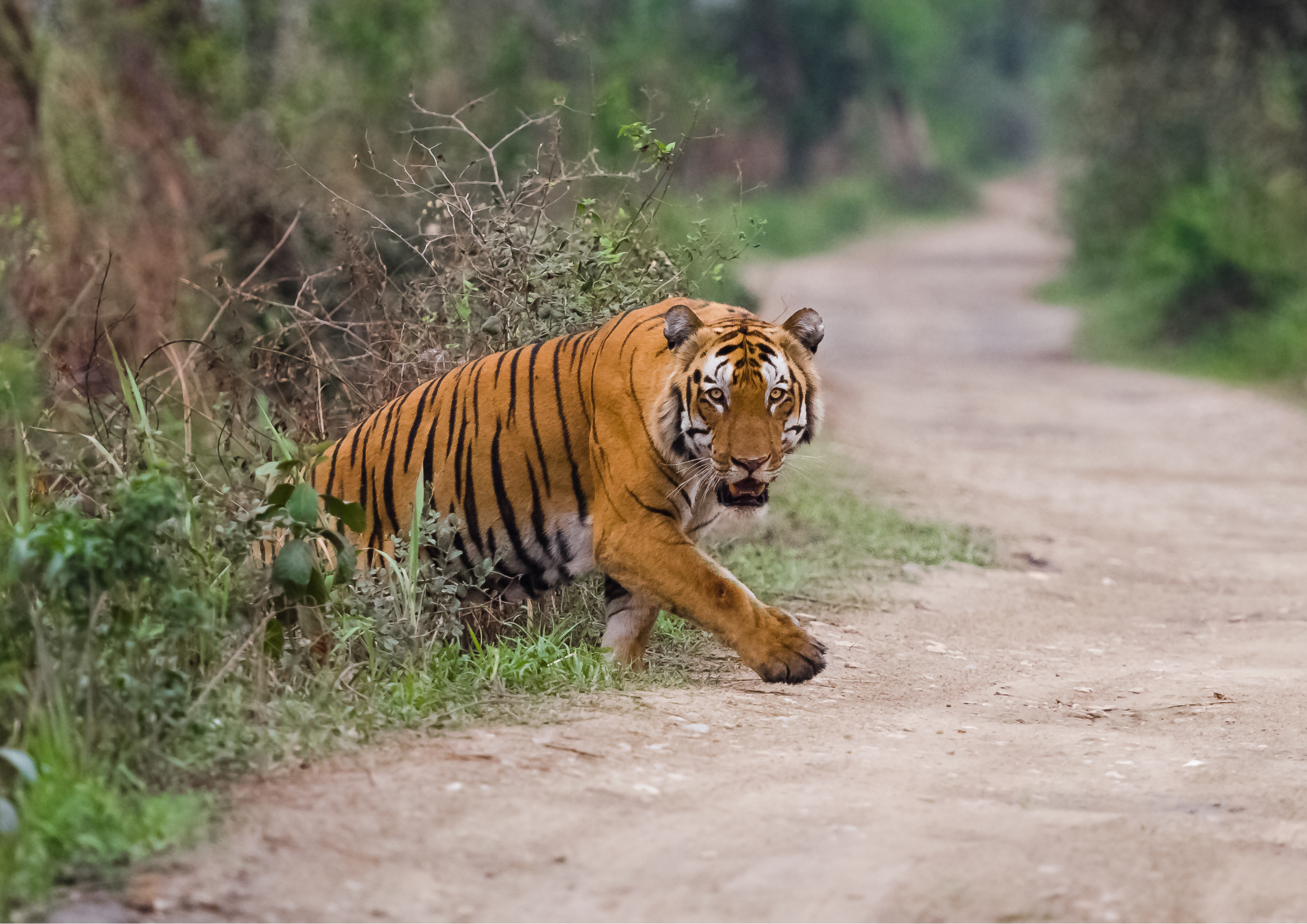Ranthambore National Park is one of the most famous national parks in India, known for its rich biodiversity and magnificent wildlife. Located in the Sawai Madhopur district of the Indian state of Rajasthan, this national park is a haven for nature enthusiasts and wildlife lovers. In this article, we will explore some fascinating facts and figures about Ranthambore National Park that highlight its significance and allure.
Introduction
Ranthambore National Park is spread across an area of approximately 392 square kilometers and is part of the larger Ranthambore Tiger Reserve. It gained the status of a national park in 1980 and was declared a UNESCO World Heritage Site in 2013. The park’s diverse ecosystem and majestic wildlife make it a popular destination for wildlife enthusiasts from around the world.
Historical Significance of Ranthambore National Park
The park derives its name from the historic Ranthambore Fort, which is located within its boundaries. The fort dates back to the 10th century and bears witness to the rich history of the region. It served as a strategic stronghold for many dynasties, including the Rajputs and Mughals.
Flora and Fauna
Ranthambore National Park is characterized by a unique blend of dry deciduous forests, open grasslands, and picturesque lakes. The park is home to a wide variety of flora, including dhok, banyan, imli, and bamboo trees. These diverse habitats support a thriving ecosystem and provide shelter to numerous animal species.
Wildlife in Ranthambore National Park
One of the main attractions of Ranthambore National Park is its population of royal Bengal tigers. These majestic predators roam freely in their natural habitat, offering visitors a rare opportunity to witness their beauty and power. Apart from tigers, the park is also home to other fascinating wildlife species such as leopards, sloth bears, wild boars, sambar deer, and various species of birds.
Tiger Reserve and Conservation Efforts
Ranthambore National Park plays a crucial role in tiger conservation efforts in India. It is one of the best-managed tiger reserves in the country and has been successful in protecting the tiger population from the brink of extinction. Conservation initiatives, including anti-poaching measures and habitat preservation, have contributed significantly to the park’s success.
Geographical Features
The topography of Ranthambore National Park is characterized by rugged hills, plateaus, and valleys. The park’s landscape is adorned with picturesque lakes, including the prominent Padam Talao and Malik Talao. These water bodies not only enhance the park’s scenic beauty but also serve as a crucial water source for the resident wildlife.
Visiting Ranthambore National Park
To visit Ranthambore National Park, visitors must obtain permits from the forest department. The park is open for tourism from October to June, while it remains closed during the monsoon season. It is advisable to plan the visit in advance and book Ranthambore safari tours to explore the park’s wilderness.
Safari Experience
Embarking on a safari in Ranthambore National Park is a thrilling experience that allows visitors to get up close and personal with nature’s wonders. The park offers both jeep and canter safaris, accompanied by experienced guides who share their knowledge about the park’s flora and fauna.
Accommodation Options
Ranthambore National Park offers a range of accommodation options to suit different preferences and budgets. Visitors can choose from luxury resorts, forest lodges, and budget-friendly guesthouses. Staying within the park’s vicinity enhances the overall experience and allows for convenient access to the safari routes.
Best Time to Visit
The best time to visit Ranthambore National Park is during the winter months, from November to February. The weather is pleasant, and the chances of spotting wildlife, including tigers, are relatively higher. It is advisable to avoid visiting during the scorching summer months when the temperature can soar to extreme levels.
Photography Opportunities
Ranthambore National Park presents abundant opportunities for wildlife photography. Photographers can capture stunning images of tigers, as well as other animals, against the backdrop of the park’s scenic landscapes. It is essential to follow ethical guidelines and maintain a safe distance from the wildlife while capturing photographs.
Local Culture and Heritage
Exploring the local culture and heritage around Ranthambore National Park offers a deeper insight into the region’s rich history. Visitors can visit nearby villages and interact with the locals to understand their way of life. The region is also famous for its handicrafts, including traditional Rajasthani artwork and textiles.
Challenges and Conservation Initiatives
Despite its success in tiger conservation, Ranthambore National Park faces several challenges. These include habitat degradation, human-wildlife conflicts, and poaching. The park authorities and various conservation organizations are working tirelessly to address these issues and ensure the long-term survival of the park’s diverse wildlife.
Famous Attractions Nearby
Apart from Ranthambore National Park, there are several famous attractions in the vicinity that are worth exploring. The Ranthambore Fort, located within the park, offers a glimpse into the region’s architectural grandeur. Other notable attractions include the Surwal Lake, Kachida Valley, and the ancient Trinetra Ganesh Temple.
Conclusion
Ranthambore National Park stands as a testament to the extraordinary wildlife and natural beauty that Rajasthan has to offer. With its captivating flora and fauna, rich history, and successful conservation efforts, it continues to attract nature lovers and wildlife enthusiasts from across the globe. A visit to this magnificent national park is an experience that will leave a lasting impression on every visitor.




